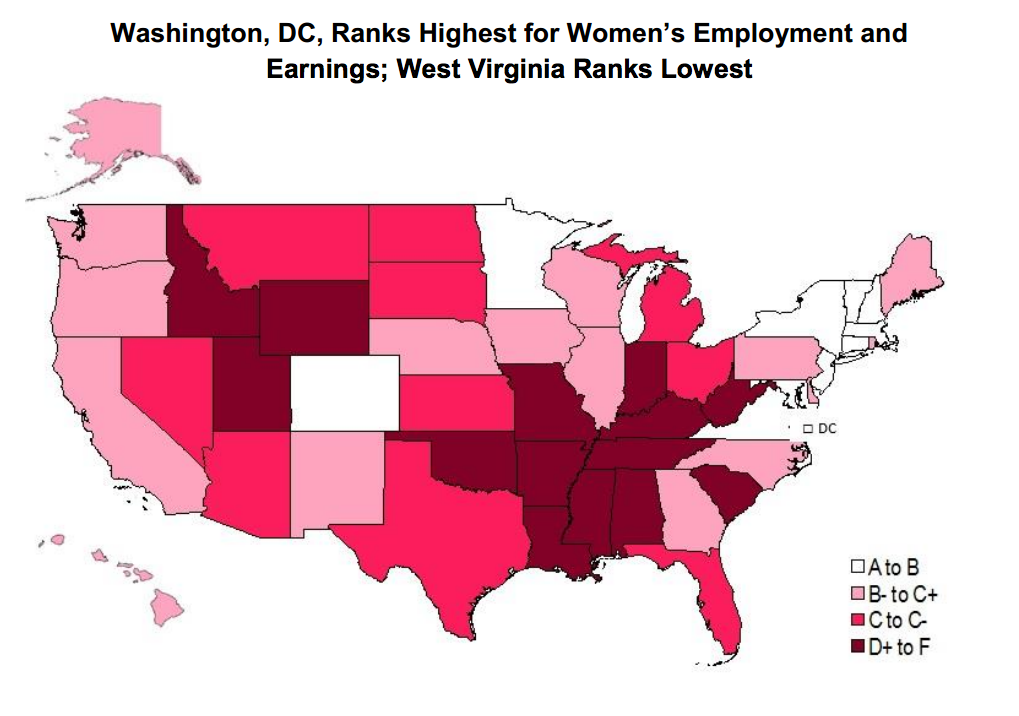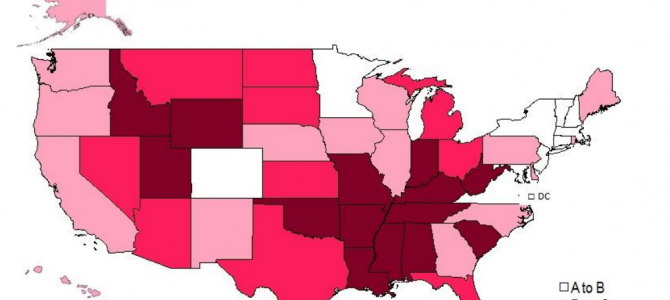There are many reasons why 80 percent of Americans decline to identify themselves as “feminists.” One of them is how often the movement denigrates the choices of women. You see this in so much of the rhetoric surrounding current pay gap issues. You heard Democratic politicians and their allies in the media parrot the talking point about how women are paid 77 cents on the dollar compared to men.
It’s not true.
Or, rather, what it means is that women make different choices than men. We choose different careers and career tracks. Many of us choose to stay at home and raise our children. We value flexible work schedules more than men. And the net effect of this carping on the pay gap is that it blames women for thinking that there’s more to life than work for pay. We’re made to feel bad — and this comes from high political offices and major media outlets — for valuing work that pays in ways other than paychecks. We’re mocked for choosing careers that enable us to “be home with children after school,” as 82 percent of Millennial mothers said was a good idea for a parent in a poll released in April.
I could go on.
But here’s a great example of how this plays out. The progressive group Institute for Women’s Policy Research put out a map purporting to show, as the Washington Post put it, “Where working women are most equal.”
But what it shows is that “equality” is a talisman for “being identical to a man.” Here’s the map:

So, guess how they came up with determining whether men and women are equal.
The four factors analyzed to develop the composite scores were: median annual earnings (for full-time, year-round women workers); the earnings ratio between men and women (again, for full-time, year-round women workers); the share of women in the workforce and the share of women in managerial or professional jobs.
OK, friends, this is a great example of why you always need to look at what’s actually being measured. If you think “equal rights” means “equal outcomes,” this is a great map. If your understanding of “equal rights” is about “liberty” or the freedom to make your own decisions, it’s a train wreck. Equal rights doesn’t mean we all work the same job at the same number of hours for the same pay and that none of us get to choose to care about homemaking. That’s not what equality means.
Women choose different jobs because we want different jobs. Many of us enjoy working and having careers. That doesn’t mean that many of us want to be on oil rigs away from most of civilization for months at a time, or garbage collectors, or even just jobs with long hours and no flexibility. And these different choices don’t make us bad people at all. The Pew Research Center wrote one year ago, “For most American mothers, part-time work would be their ideal work situation, preferred over full-time work or not working at all outside the home.” Fewer than one-third of working mothers want to work full-time.
So if we are willing to work for lower pay than we might get as petroleum engineers because you couldn’t pay us enough to go out to that oil rig, that’s OK! Or it’s at least OK to most of us outside of the Institute for Women’s Policy Research and the progressives who rely on their data to push growth of the administrative state.
The other issue is one you already probably noticed. They’re measuring equality in part by looking at the share of women in the workforce. And don’t think that this is a neutral thing, OK? They give grades out based on these inputs and the worse you score, you get an F.
So the message from these feminists is clear: If you work inside the home, you’re a failure.
Enough. Enough. Enough of this poisonous ideology.
This is at least partly why so few Americans identify as feminists.
Yesterday I wrote that it would help to have a feminism that didn’t make women feel so terrible about choosing part-time work or being home with their children.
Jeff Spross, a reporter for ThinkProgress, mansplained to me that I was crazy. Or, as he said, “If this form of feminism existed anywhere outside of @MZHemingway’s head, I’d oppose it too.”
Charming.
In any case, he said he’d oppose it if it existed outside my head. So I’m glad to welcome him to the fight and maybe he can talk to his colleagues who cite this group frequently in their writings.
At least most people recognize that women who do the hard work of homemaking are equal to the women who make other labor decisions. Even if the folks at the Institute for Women’s Policy Research consider us failures and the Washington Post didn’t even find that angle newsworthy!









